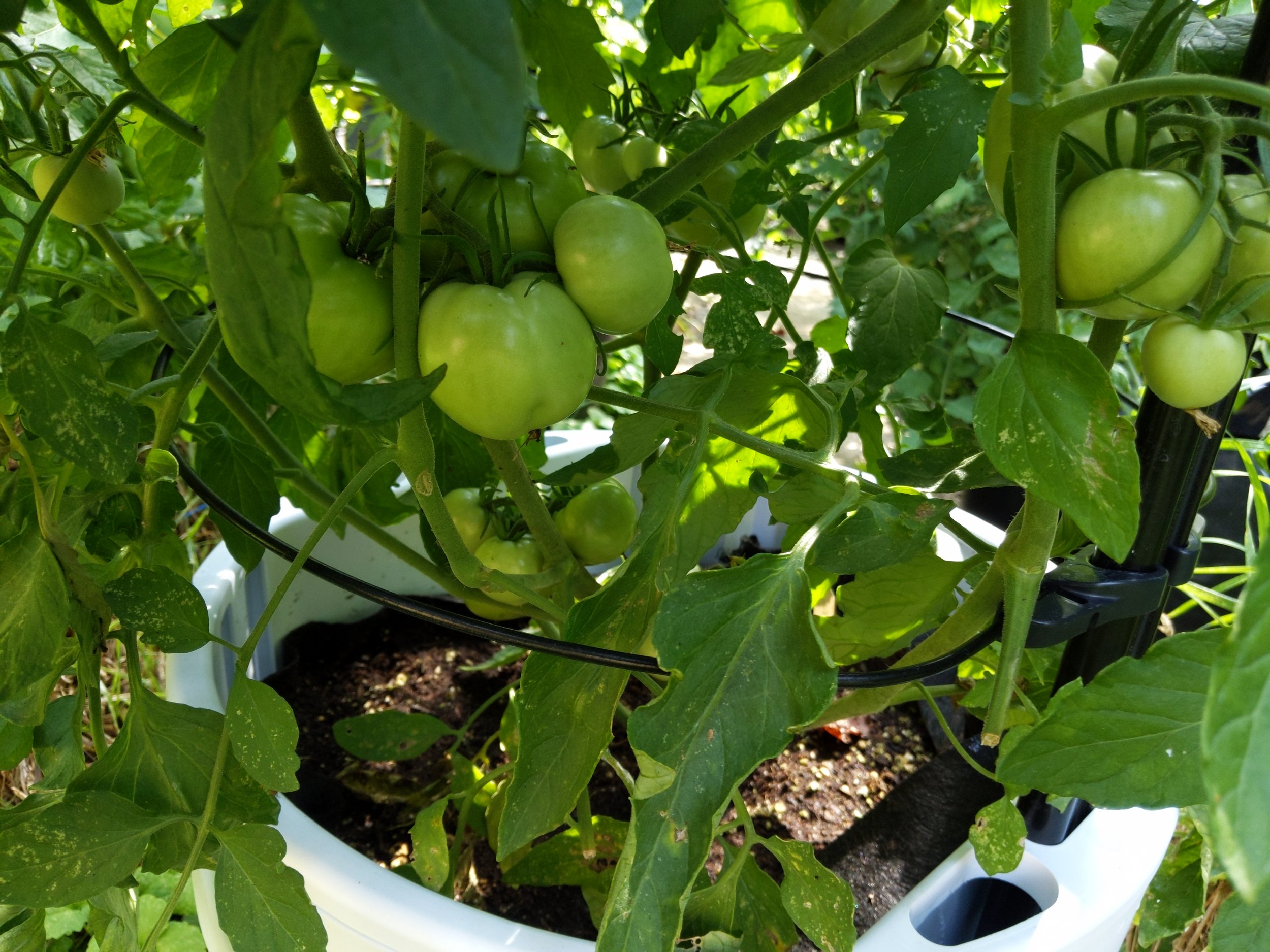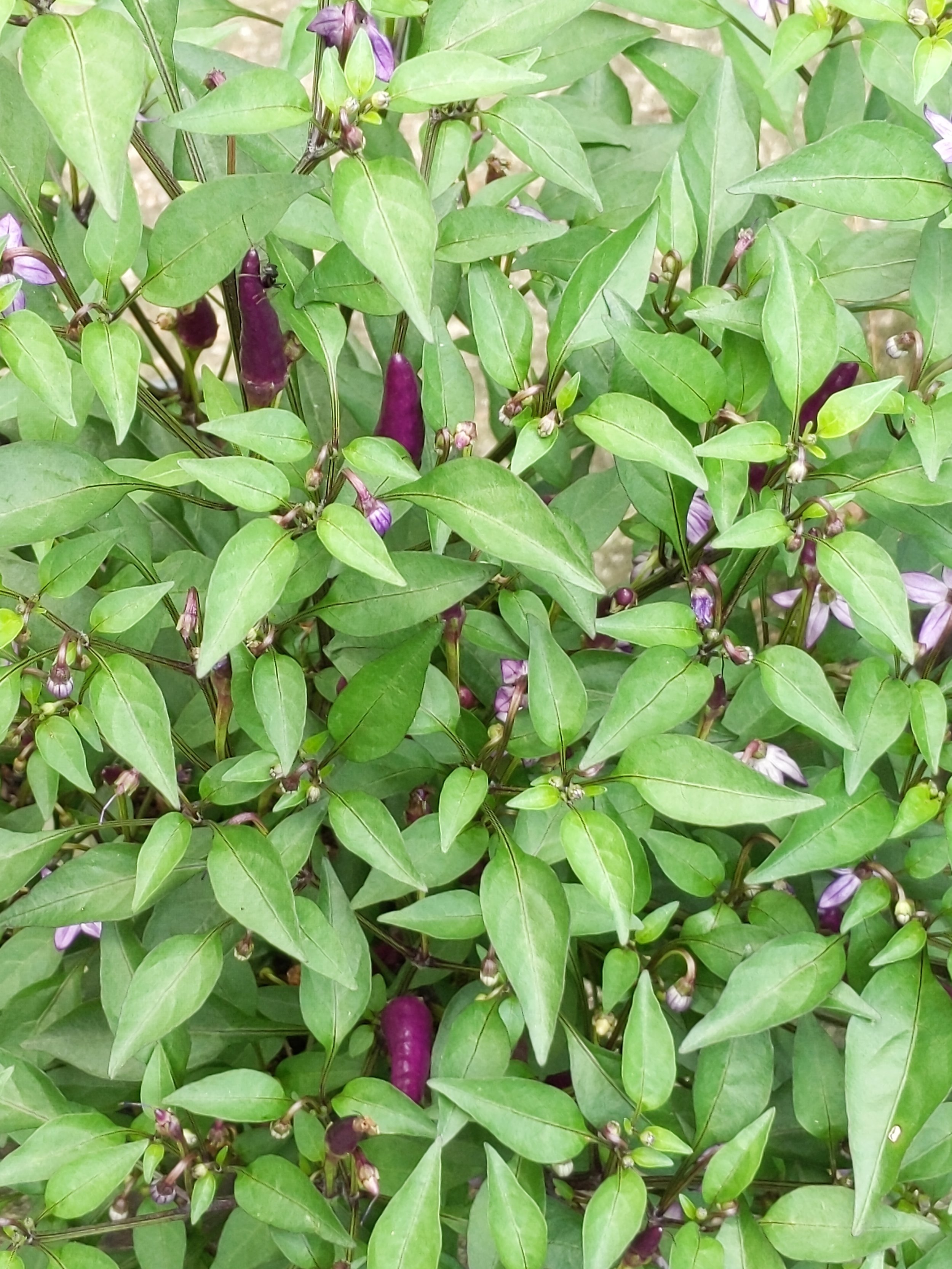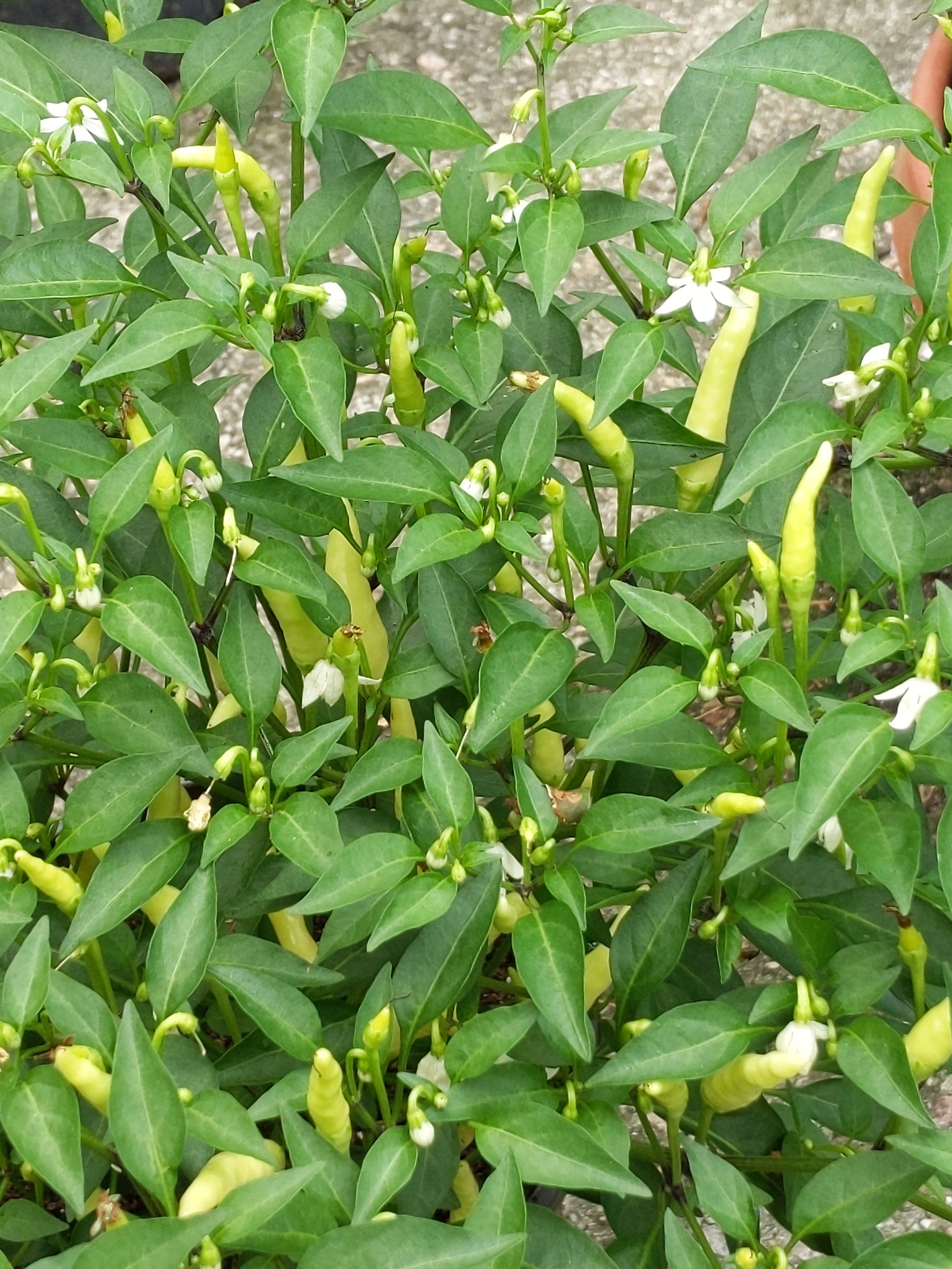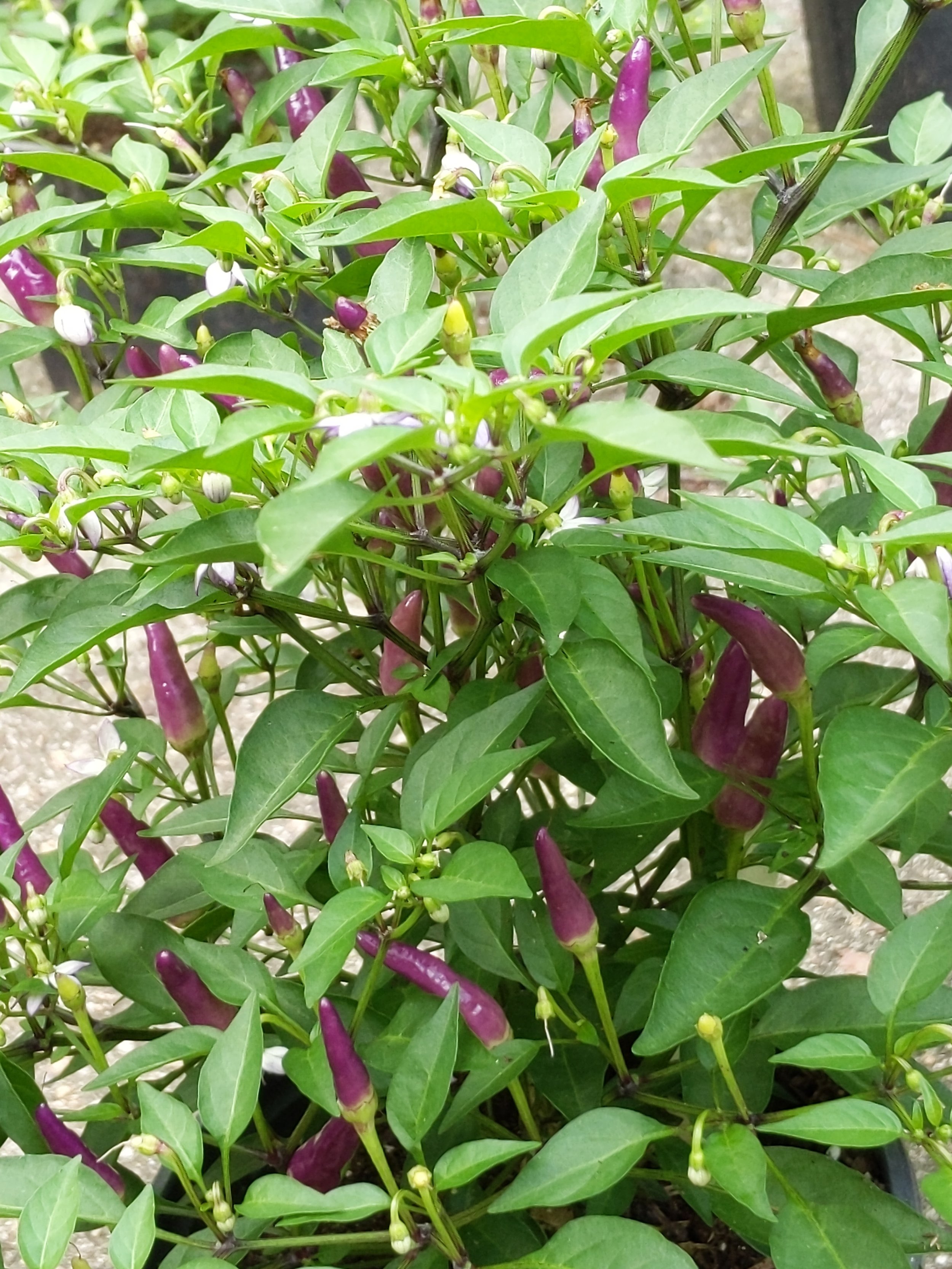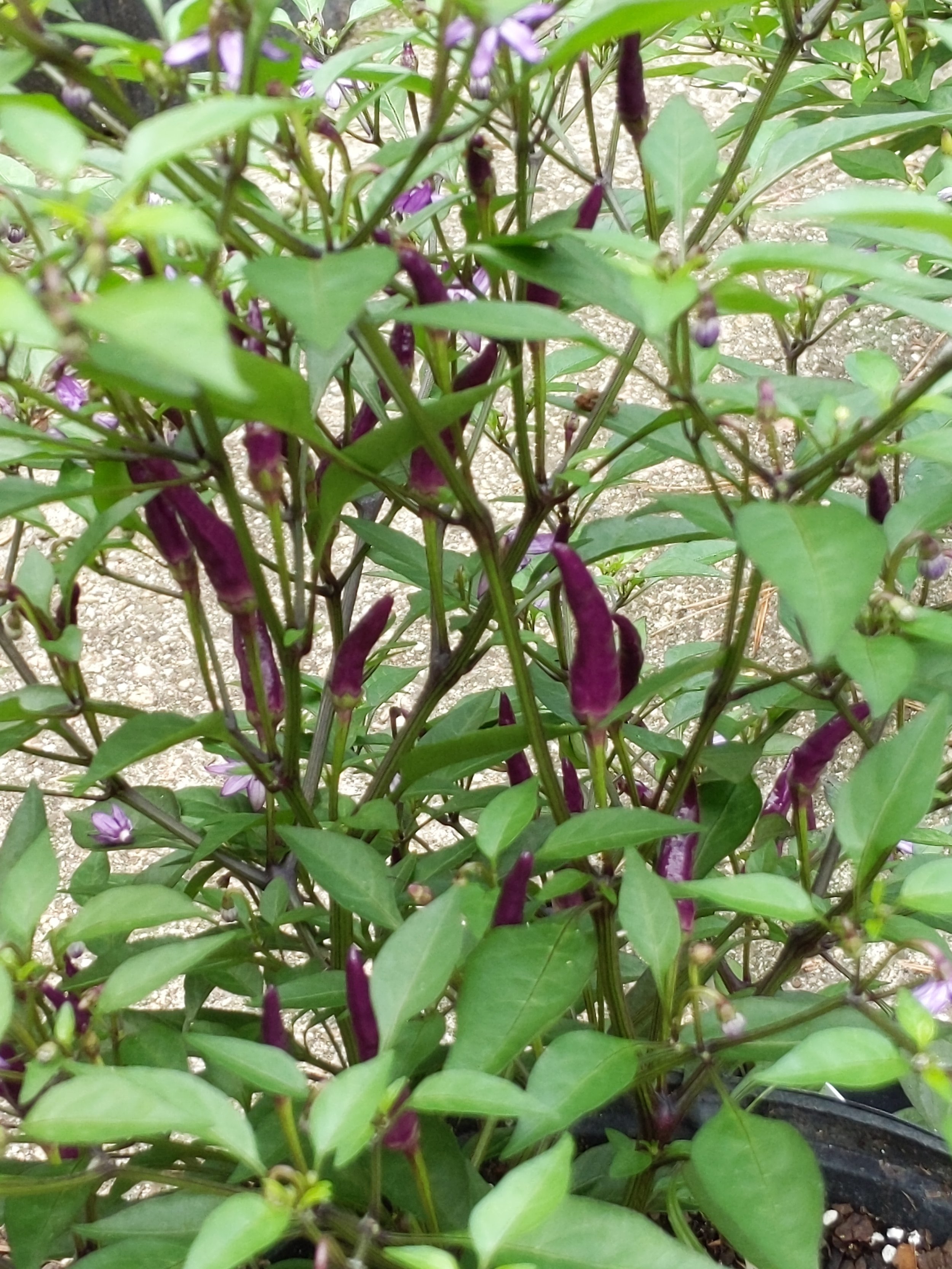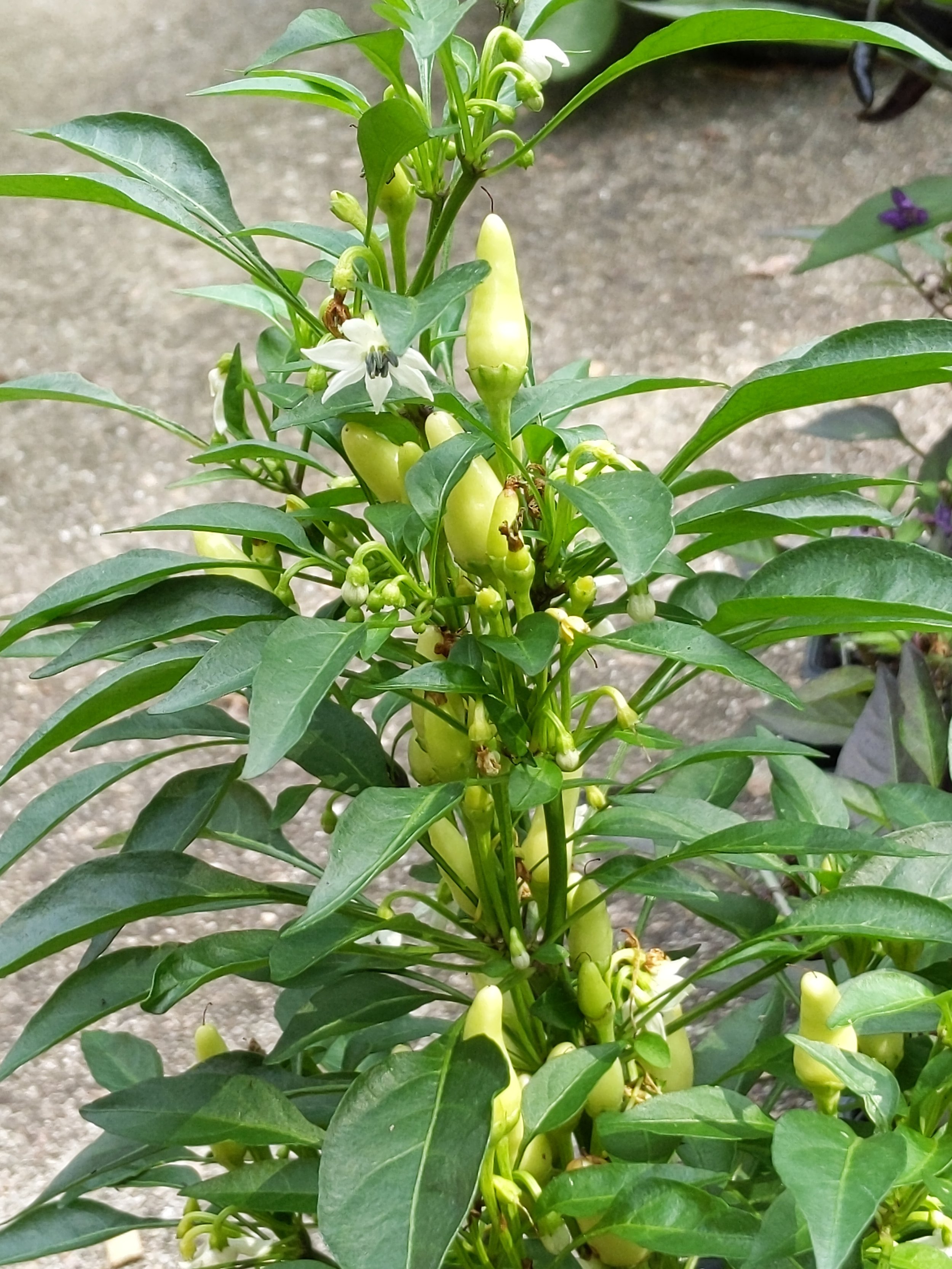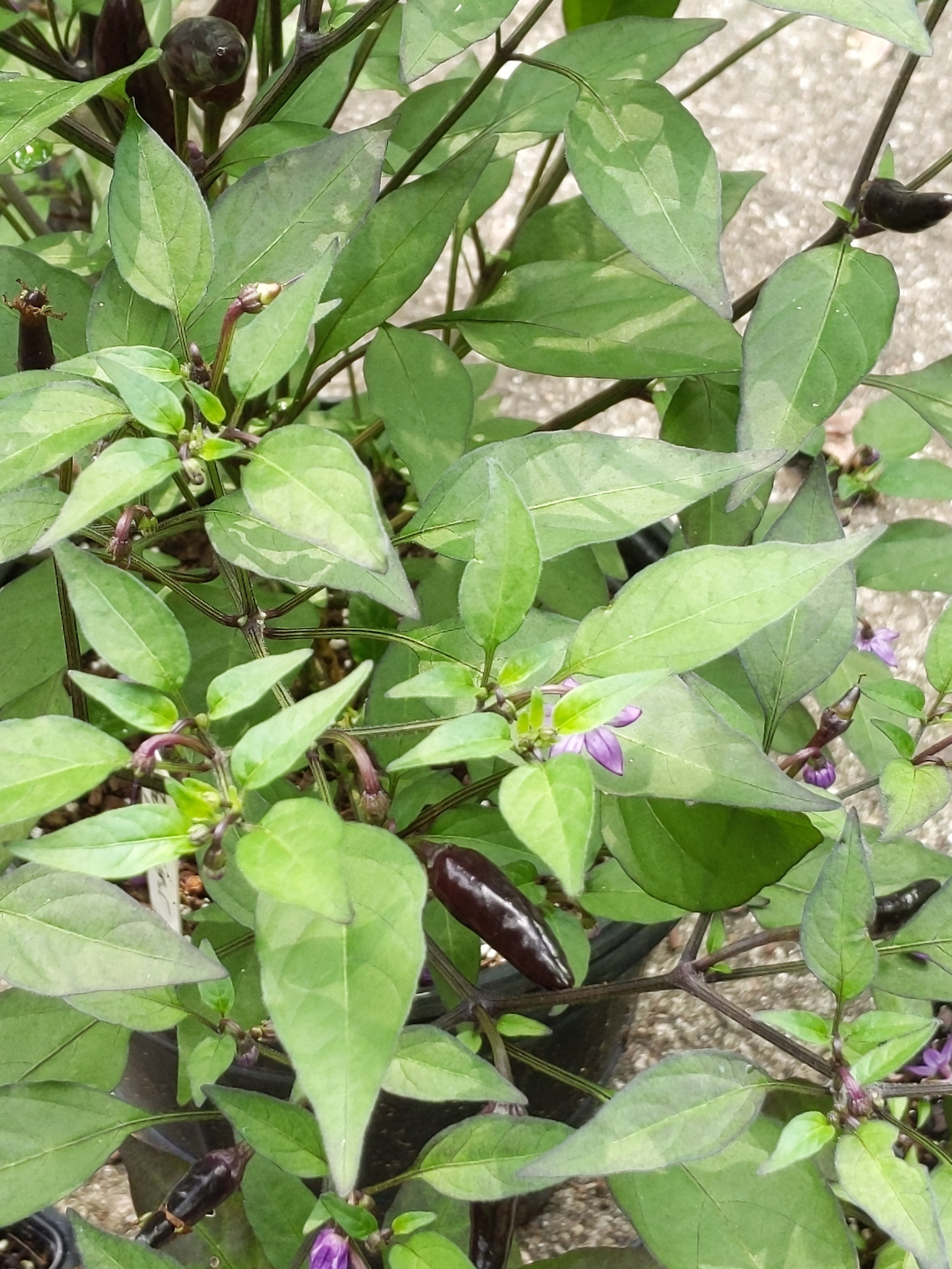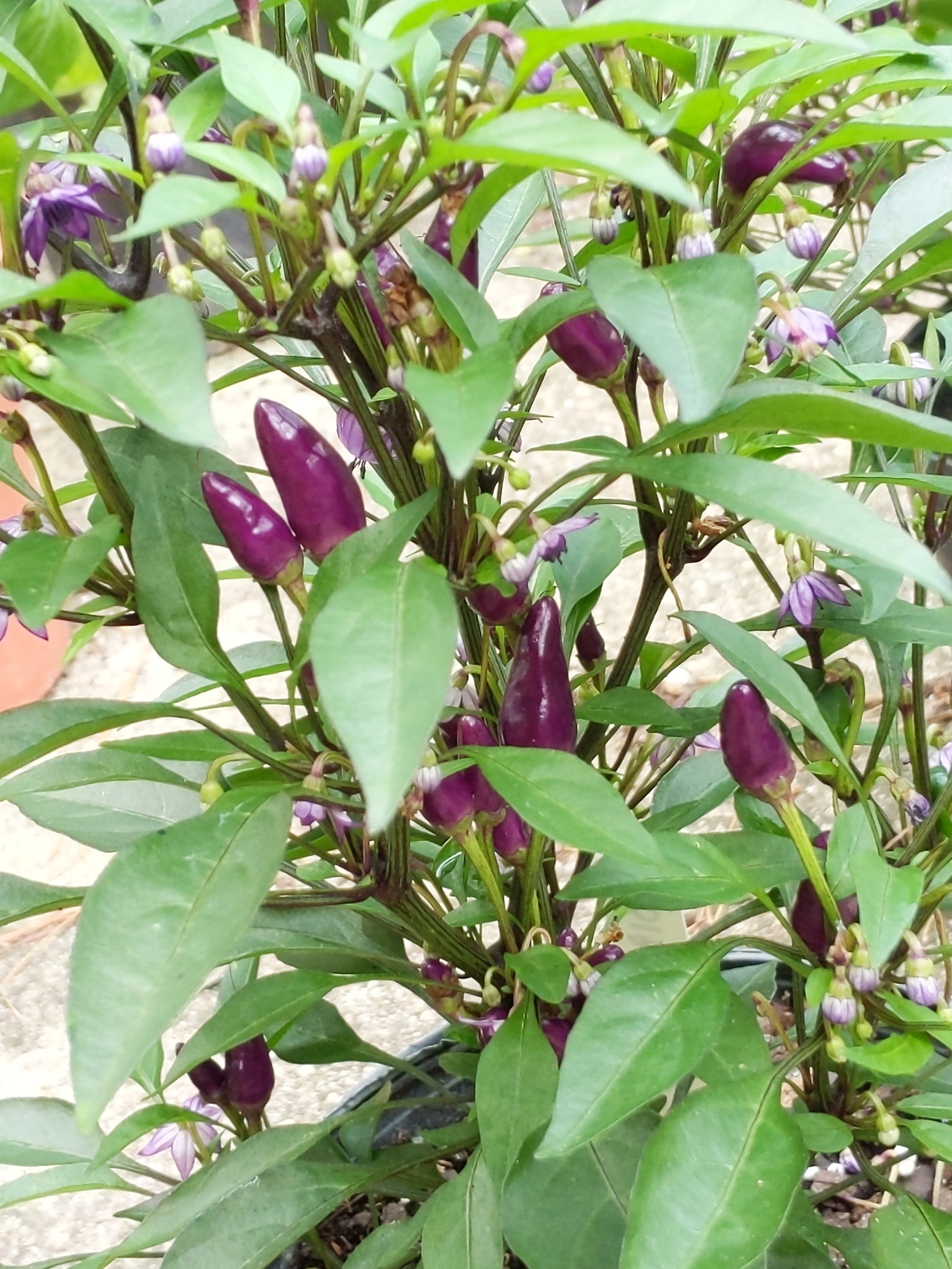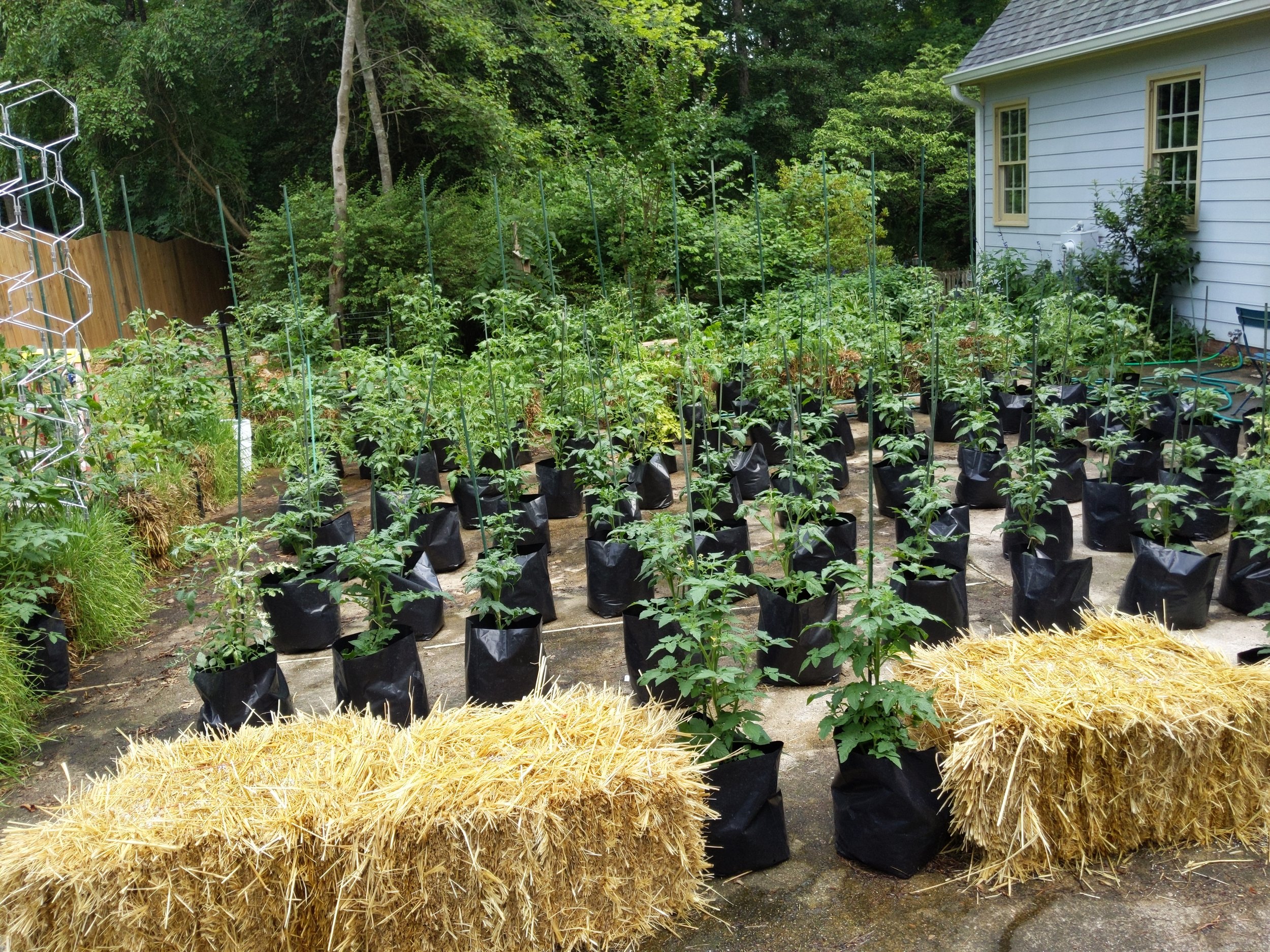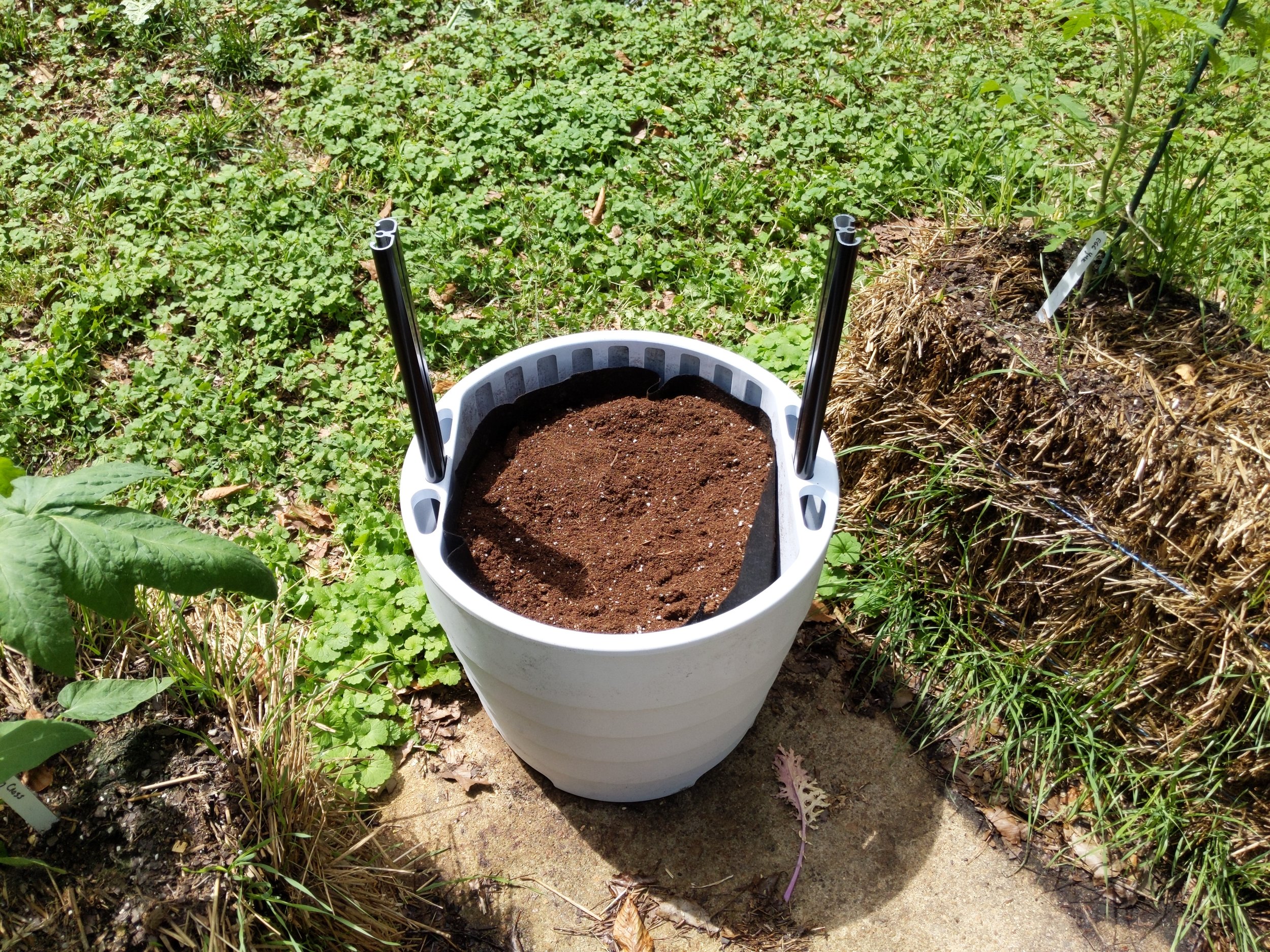July 19 harvest
It has been a rather overwhelming month of July. Between speaking events, the regular watering that goes with endless heat and humidity, a very welcome family visit (ongoing, culminating in a beach trip next week), and a huge and relentless tomato harvest, it is hard to even ponder where July has gone…but essentially gone it is!
Let’s start with some garden statistics to get a sense of the relative success of this summer for my tomato efforts.
Number of tomato plants - 129
Number of tomato plants with seed saved (mostly dried, a few still fermenting) - 119
Number of tomato plants pending harvest for seed saving - 4
That is a pretty spectacular place to be by late July. Of the four pending harvest, one is a volunteer Mexico Midget that has ripe fruit but I’ve yet to harvest and save seed from, another is Dwarf Laura’s Bounty which was pretty much de-fruited by deer (but some small fruit are coming along near the top), and two are late planted Dwarf Ann’s Dusky Rose plum that have been relocated into my back yard. I feel really fortunate that so many things worked so well this year.
Yellow Brandywine, KBX, Casey’s Pure Yellow and Lucky Cross, showing very subtle color differences
Taking a look at the range of maturity dates (days to first ripe from transplant):
First to ripen - 30 days - a volunteer cherry variety from my gardening friend Sue Kocher
Last to ripen - 94 days - Lillian’s Yellow Heirloom
Maturity dates (DTM) for my “flavor champion”, favorite varieties in my 2019 garden (all in straw bales)
Cherokee Purple - 69 days
Cherokee Chocolate - 85 days
Cherokee Green - 77 days
Green Giant - 78 days
Yellow Brandywine - 74 days
Azoychka - 65 days
Andrew Rahart’s Jumbo Red - 77 days
Aker’s West Virginia - 89 days
Lucky Cross - 75 days
Stump of the World - 78 days
Maturity dates for a sampling of the released dwarfs I am growing this year (all in 5 gallon black grow bags)
Sweet Sue - 70 days
Blazing Beauty - 71 days
Mandurang Moon - 65 days
Sunny’s Pear - 72 days
Tiger Eye - 63 days
Vince’s Haze - 66 days
Hannah’s Prize - 65 days
Jasmine Yellow - 64 days
Egypt Yellow - 64 days
Sarah’s Red - 65 days
Overall fruit set has been excellent considering the consistently high heat. Plant health has been excellent due to the relative lack of rain (meaning dry foliage). Fruit flavors have been uniformly superb, among the best of my experience. It is positively joyful.
Only two plants were lost to disease, in both cases Fusarium wilt (presumably seed-borne) - Nepal and Azoychka, though fruit was harvested and tasted prior to the plants’ demise.
There were a few color surprises, indicative of crossed seed or unstable selections. Two tomatoes from USDA seed are obviously crossed; Matchless (a mix of dwarf and indeterminate seedlings, and the indeterminate plant produced quite small red tomatoes), and Peak of Perfection (small round red, rather than the hoped for large pink). Carbon colored up pink instead of purple, and Mocha Stripe came out as a pink tomato, rather than chocolate with green stripes. Abraham Brown - seeds from last year’s chocolate fruit - came out purple.
In Part 2, I will discuss particular flavors and the work on the Dwarf Tomato Breeding Project, some new heirlooms sent to me, present much more on flavors of various varieties, and talk about attempted crosses (and a few that may have succeeded). I hope to get to Part 2 over the next week or so.
A wonderful recent Dwarf Tomato Project release, Dwarf Tiger Eye


















